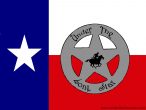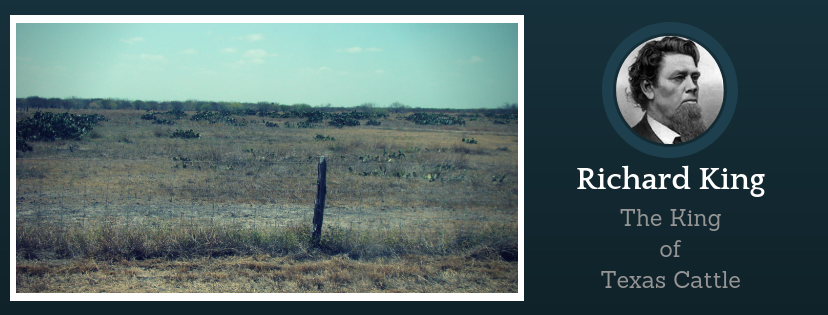

When you think about the “Old West,” what comes to mind? For a lot of us it conjures images of gunfights, saloon brawls, cowboys, cattle drives, and runaway stage coaches. Those are all obviously important western elements, but to me, the most fundamental part of the “Old West” is the spirit of rugged individualism. The image of the lone homesteader or rancher defending their home and property from marauding rustlers or Indians is as much an indelible part of the west as the Colt Peacemaker or the cowboy and his horse. No where was this spirit more alive than on the King Ranch.
The man who would one day become known as “Captain King, the King of Texas cattle,” was born in New York City in 1825, not exactly the origin one would think of for a future cattle king. He learned at an early age that he must make his own way in the world, when at a very young age, he was sent from his home and apprenticed to a jeweler. With no patience for the tedious monotony of the jewelry trade, at the age of eleven, Richard King stowed away on a ship and spent the next decade working on steamboats in the Gulf of Mexico. It was on these ships that he learned the trade which would allow him to build his fortune.
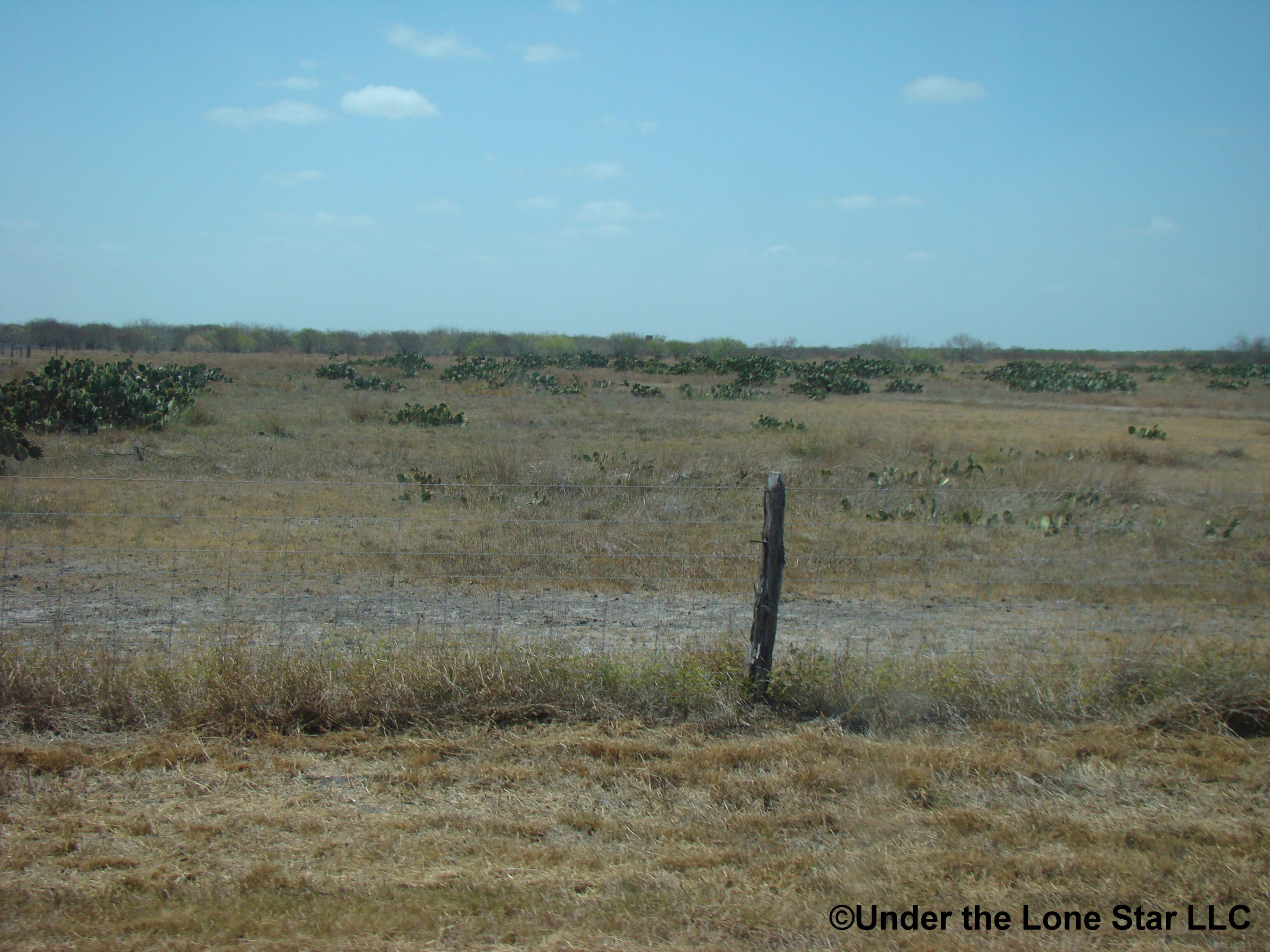
In 1841, during the Seminole Wars, King served on an army steamboat in Florida, and it was there that he met Mifflin Kenedy, the man who would be his business partner and best friend for the rest of his life. When Kenedy went to Texas in 1846, he wrote to King and told him that because of the war with Mexico, there was a need for experienced steamboat pilots, so with nothing to lose, he eagerly headed for the Lone Star State. For the remainder of the war, King piloted steamboats for the U.S. Army, and learned all the ins and outs of navigating the Rio Grande. This knowledge allowed him to go into business for himself, hauling freight and passengers on the river using an army surplus steamboat he bought after the war.

On a trip to Corpus Christi in 1852, King crossed the Wild Horse Desert, where he saw a vast patch of green grass dotted with trees and fed by the Santa Gertrudis Creek. He bought 15,500 acres in 1853 for around 2 cents an acre, and the next year, he bought a 53,000 acre tract for around 3 cents an acre, but purchasing the land was the easy part, holding it would prove to be another. He fought Comanche, Mexican bandits, and droughts. A lesser man would have given up and found an easier way to make a living, but Richard King had a vision, and he was far too tough and stubborn to give up. One thing that he had going for him in those early days was that he knew nothing about cattle ranching, so the thought that the odds were against him never entered his mind.
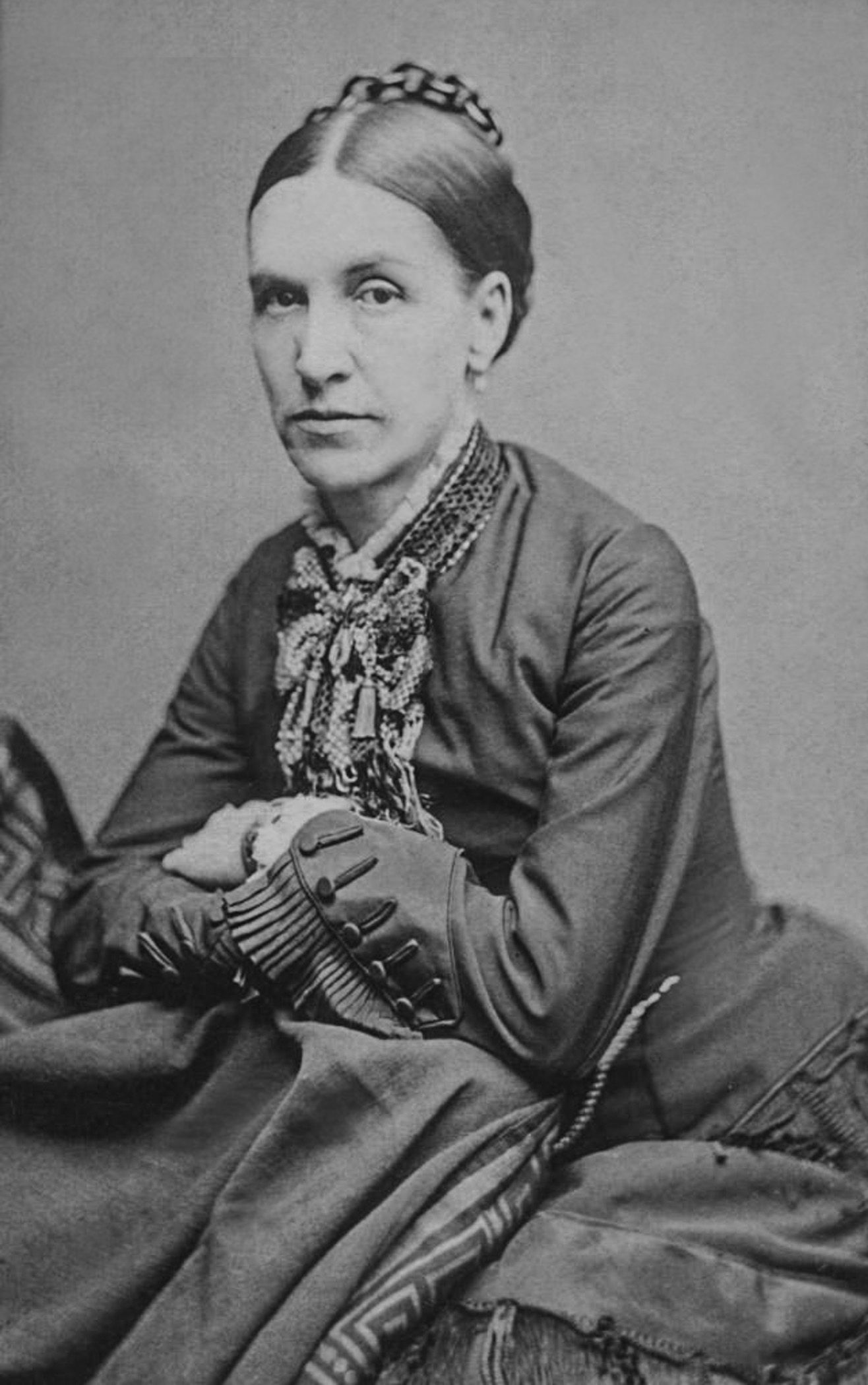
King might not have known anything about cattle, but he knew the experts to learn from, the Mexican Vaqueros, and he hired them to work his cattle. In 1854, he traveled to a Mexican village and persuaded the men to follow him back to the United States and work at the Santa Gertrudis. With the men came their wives and children, along with all their livestock and earthly possessions. The descendants of that same village still work the King Ranch today. Richard King learned quickly and established not only what became the proven way to operate a cattle outfit, but he built an empire in the process.
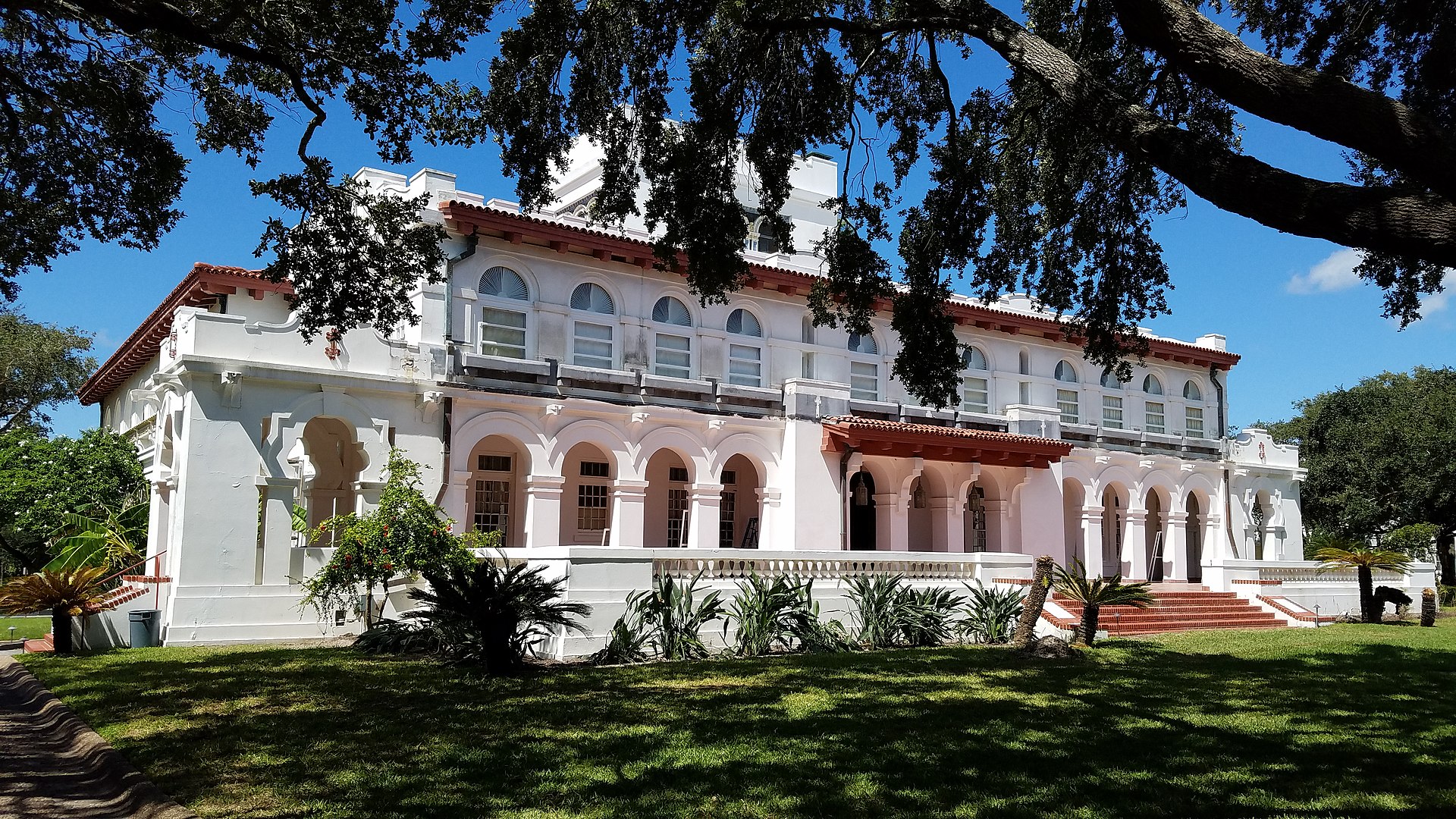
In December 1854, King married Henrietta Chamberlain and took his new bride to the Santa Gertrudis. What her impression was when she first saw the small adobe structure that was to be her home has been lost to history, but I imagine she must have wondered what in the world she had gotten herself in to. Today, the King Ranch is far from even the smallest city, but in the 1850’s, it was in the middle of a brutal untamed wilderness, and Henrietta was probably one of the first white women to see that untouched land. Whatever misgivings she might have had, she proved to be tough enough to tame the land, and she made it her home for the next seventy years.
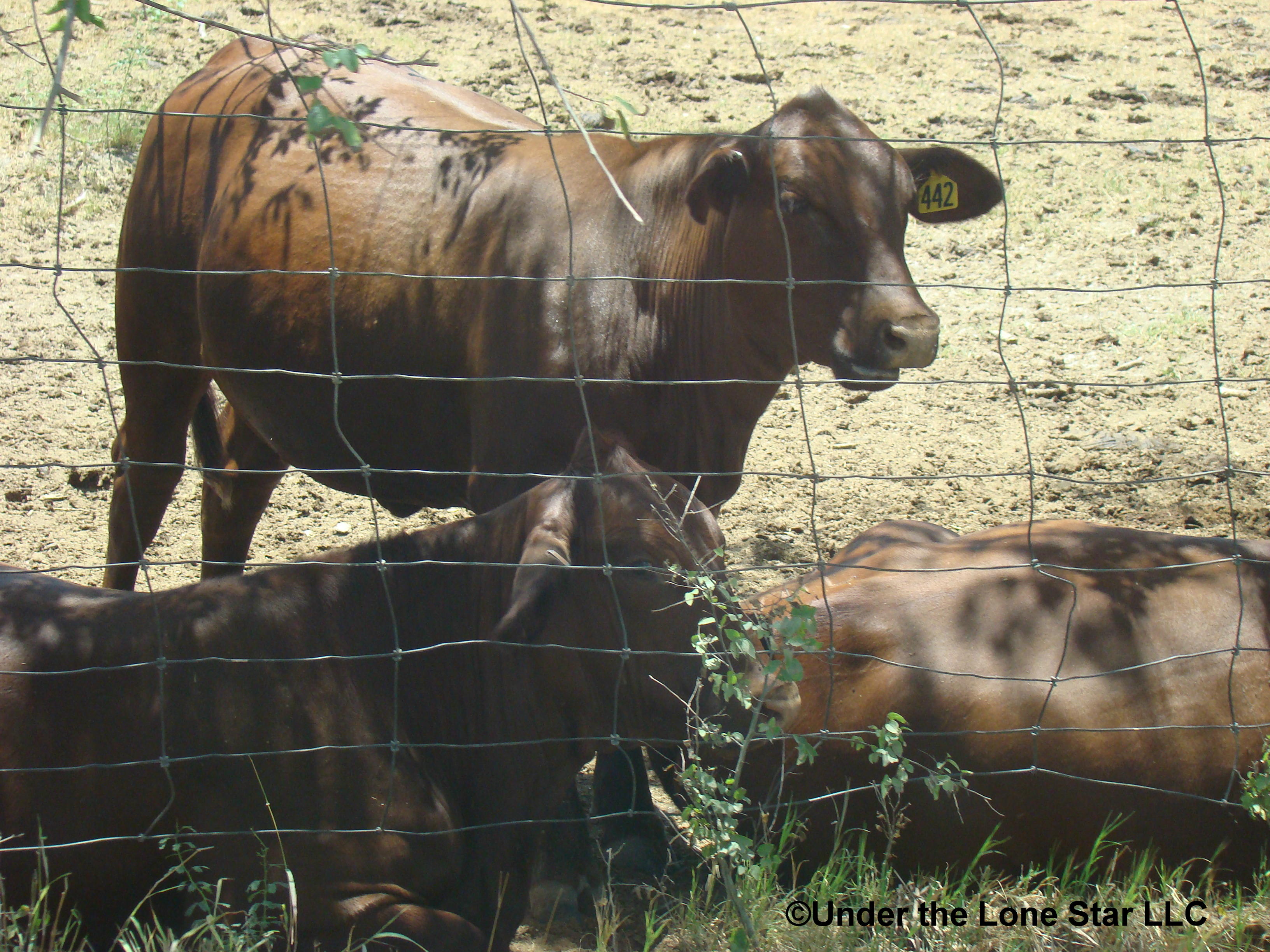
King made a fortune during the Civil War by selling beef and supplies to the Confederate Army, as well as using his ranch as a depot for the South to sell cotton to Europe. One of the things that allowed King to thrive when so many others did not, is that King demanded payment from the army in gold instead of Confederate dollars.

During the 1870’s, at the start of the Industrial Revolution, the demand for beef in the north reached an all time high, and the King Ranch was poised to fill the need. This was the time of the great cattle drives, and no ranch moved more cows north than did Richard King. Over the next ten years, he made yet another fortune filling the need for beef to the northern markets.
Over the years, the King Ranch has been the site of many firsts; one of the first to use the cattle drive, the first to introduce new cattle breeds to Texas, and the first to breed champion thoroughbreds. Today, the ranch is over 825,00 acres which is larger than the state of Rhode Island and has interests in cattle, farming, gas and oil, and recreational hunting. The secret to Richard King’s success was being tougher than his circumstances and an unyielding determination to see his vision come to life, but the secret to the ranch’s longevity is a willingness to change with the times when needed, while holding fast to the time-tested principles of the past. It is this same formula that built this great state that I love.
Thank you for stopping by Under the Lone Star and for your continued support. Now, saddle up, get out there, and enjoy all that the great state of Texas has to offer.
©02/18/2019 Under the Lone Star LLC
